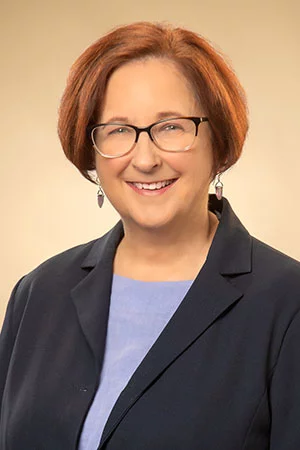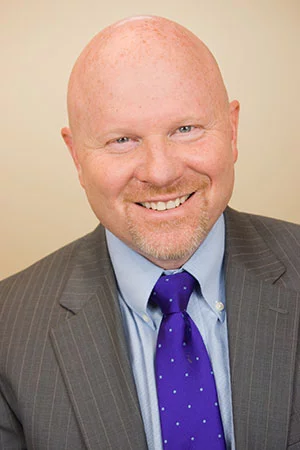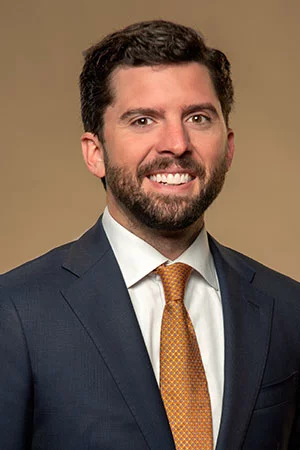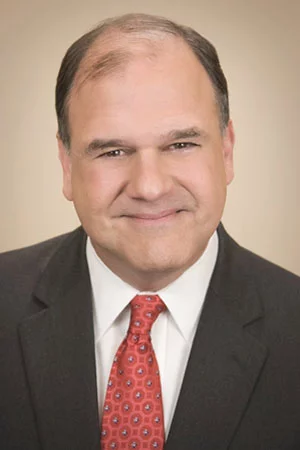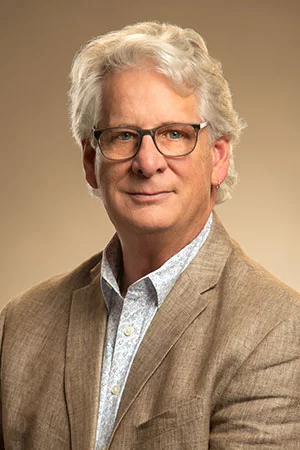 As the National Institute on Drug Abuse (NIDA) states, about 948,000 Americans reported using heroin in 2016. The number has consistently risen since 2007, even as individuals are continuing to hold jobs and pay the bills for their family. In February of 2018, CNN reported the rise of those with “functioning heroin addiction”, which means that a lot of people are hiding from their families – and themselves – the seriousness of their substance abuse.
As the National Institute on Drug Abuse (NIDA) states, about 948,000 Americans reported using heroin in 2016. The number has consistently risen since 2007, even as individuals are continuing to hold jobs and pay the bills for their family. In February of 2018, CNN reported the rise of those with “functioning heroin addiction”, which means that a lot of people are hiding from their families – and themselves – the seriousness of their substance abuse.
Heroin is an opioid that’s made from morphine and individuals can inject, sniff, snort or smoke it. Immediately after taking heroin, a person will experience a plethora of effects such as dry mouth, heavy feelings in the arms and legs, nausea and vomiting and an overall state of feeling in-between consciousness and semi consciousness. The opioid epidemic has sparked many concerns about prescription medications as well as illegal ones, such as heroin. How can we help people recover from heroin addiction? What are some tools and strategies that will not only address substance abuse issues in our loved ones, but also components of their mind, body and spirit?
Interventions in Recovery
1. Medication
Medications for either detoxification or long-term maintenance fall into one of three categories: 1) agonists, 2) partial agonists and 3) antagonists. Agonists activate opioid receptors in the brain, which mean that without close monitoring, a person could become addicted to them. Partial agonists activate opioid receptors but yield much smaller effects, which is likely to be less of a risk for addiction. Lastly, antagonists block the rewarding effects of opioids, which help people combat the pleasurable feelings their brain previously associated with the drug. These are the most three common types of medications in heroin addiction recovery:
- Methadone (opioid agonist)
- Buprenorphine (partial opioid agonist)
- Naltrexone (opioid antagonist)
Please keep in mind that we don’t use Methadone or Buprenorphine at Cumberland Heights. Here at Cumberland Heights, we use Naltrexone for opioid abuse disorders when appropriate. Read more about our plan here.
Some research has shown that medications, in combination with psychotherapy, can help reduce drug use and increase engagement in treatment programs.
2. Cognitive Behavioral Therapy (CBT)
Dr. Elizabeth Hartney, a psychologist and professor at Royal Roads University, Canada, explained to Very Well Mind the way we think or feel can influence our behaviors. CBT trains us to recognize these connections and utilize healthy coping strategies to only act on meaningful thoughts and feelings, rather than place meaning on all thoughts. The Substance Abuse and Mental Health Services Administration (SAMHSA) notes several core components of CBT, including:
- Instructional and time-oriented
- Focuses the client on the “here and now”
- Helps individuals recognize and understand their thoughts and how they can lead to irrational fears and worries
- New skills are developed and “homework” is often assigned
- A trusting relationship between the person and their therapist is built as they explore key issues surrounding the mental, physical and spiritual health
3. Peer-Led Support Groups
Support groups, such as Narcotics Anonymous (NA), can greatly help those with heroin addiction by providing them with a safe space to meet others on the recovery journey as well as learn from those who’ve been working towards their recovery for quite some time.
Combining Treatment Interventions
While evidence has been shown for all three interventions separately, it’s best for a combination of these interventions to be employed throughout heroin addiction treatment. A 2016 study published in the Journal of Substance Abuse Treatment, for example, sought to explore the effects of medication-assisted treatment alongside 12-Step program attendance of those in recovery for a heroin use disorder (HUD). The researchers discovered that 12-Step attendance was associated with better outcomes especially for the first 6-months of treatment; however, sincere engagement is where individuals truly find transformation on their journey.
Respecting the Journey
Recovery has its ups and downs and those with heroin addiction may find themselves battling between engaging in treatment or leaving altogether. Routine is the most important part of recovery and if a person can hold onto that structure provided by treatment programs, they will find that the path towards healing and restoration open more doors for them as time goes on. Although there are many people in the United States – and around the world – addicted to heroin, there are still many people able to recover as well.
The National Public Radio (NPR) published a story in 2017 of Andrea Towson, a woman who used heroin for more than 3 decades. After having a near-death experience with fentanyl, a very deadly opioid, Andrea combined medication with support group meetings to help her get back her life. It wasn’t easy and she notes that she still has struggles regarding where she will live, but her recovery journey has been worth it. The reporter of NPR asked Andrea if it was worth it to live a “normal” life now and she said “yes”.
If you’re ready to begin the path towards healing, speak with a professional from Cumberland Heights today. The time to rejuvenate your mind, body and spirit is now.
Cumberland Heights is a nonprofit alcohol and drug-addiction treatment center located on the banks of the Cumberland river in Nashville, Tennessee. On a sprawling 177-acre campus, we are made up of 2 12-Step immersion campuses, 12 outpatient recovery centers and 4 sober living homes. We believe that each person has a unique story to tell – and that’s why we always put the patient first.
Call us today at 1-800-646-9998 to take the next step towards your happiness and health.

